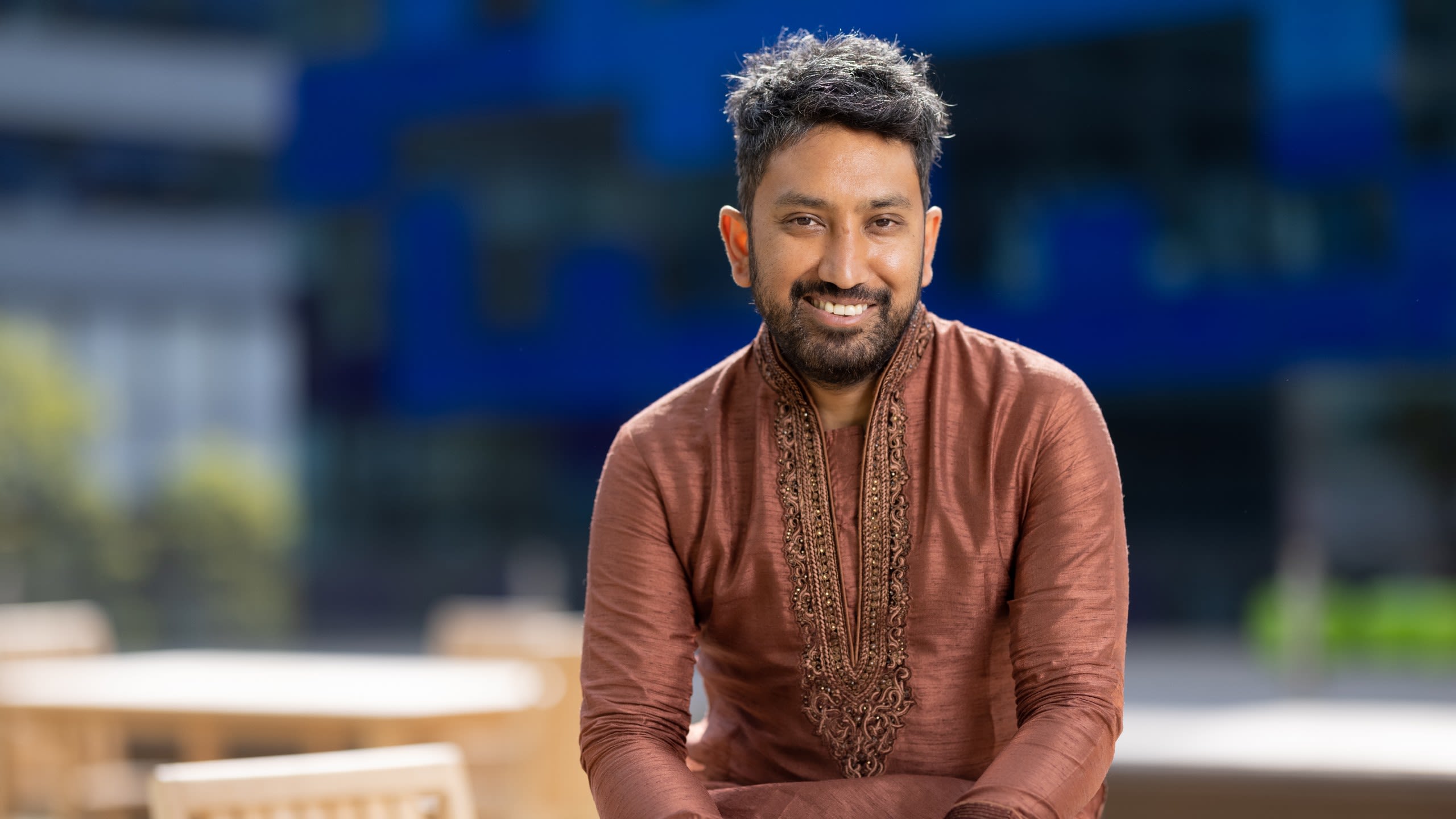
"At school I identified myself as someone who didn’t want to be different."
Dr Sohag Nafis Saleh, Principal Teaching Fellow and Phase 1 Digital Development Lead, Faculty of Medicine
Starting out in research
Having grown up in the north, when it came to selecting a university, my main criteria was ‘London’! I just really wanted to be in London. I ended up studying Pharmacology at King’s College. After that, I was offered a PhD in the same subject by my supervisor just as he was moving to St George’s. I completed the PhD and continued into a Postdoc in a niche area of cardiovascular research. I enjoyed it, and I was good at running experiments – something to do with my ability to plan in advance and also to follow instructions.
But by my mid-twenties I started feeling less and less challenged by my research. To be honest, I found it quite perfunctory and repetitive. Thankfully, during my PhD and Postdoc, I had been given opportunities to teach, which I really enjoyed. I realised that I was looking for opportunities to interact with people. Don’t get me wrong, it scared the hell out of me, standing there in front of students who had all these expectations of me. But I really liked the challenge, so when a teaching fellow role came up at Imperial, I loved the idea of focusing more on teaching.
I’ve tried to get over the imposter syndrome by realising that I make a lot of effort in my job and that I might deserve to be where I am.
Tackling teaching and imposter syndrome
I left research behind because I wasn’t sure what I was giving back to the world in doing it. I went in thinking I would find the cure to cardiovascular disease, but that wasn’t the case! With teaching, I felt that I was making an immediate difference. A lot of the people I’ve taught have become clinicians, and they have told me that I made a difference to them. That I helped them.
I do get imposter syndrome once in a while though. Once I joined Imperial, I was somehow propelled to an unexpected level of celebrity in the School of Medicine. I was often stopped by students who wanted to talk to me or take pictures with me. I also started to win awards.
I put it down to the fact that I appeared to be very confident on stage even though I’m shy by nature. Also, I think the students weren’t used to being taught by many young Asian teachers. So I feel that may well have been a factor. But I’ve also tried to get over the imposter syndrome by realising that I make a lot of effort in my job and that I might deserve to be where I am.
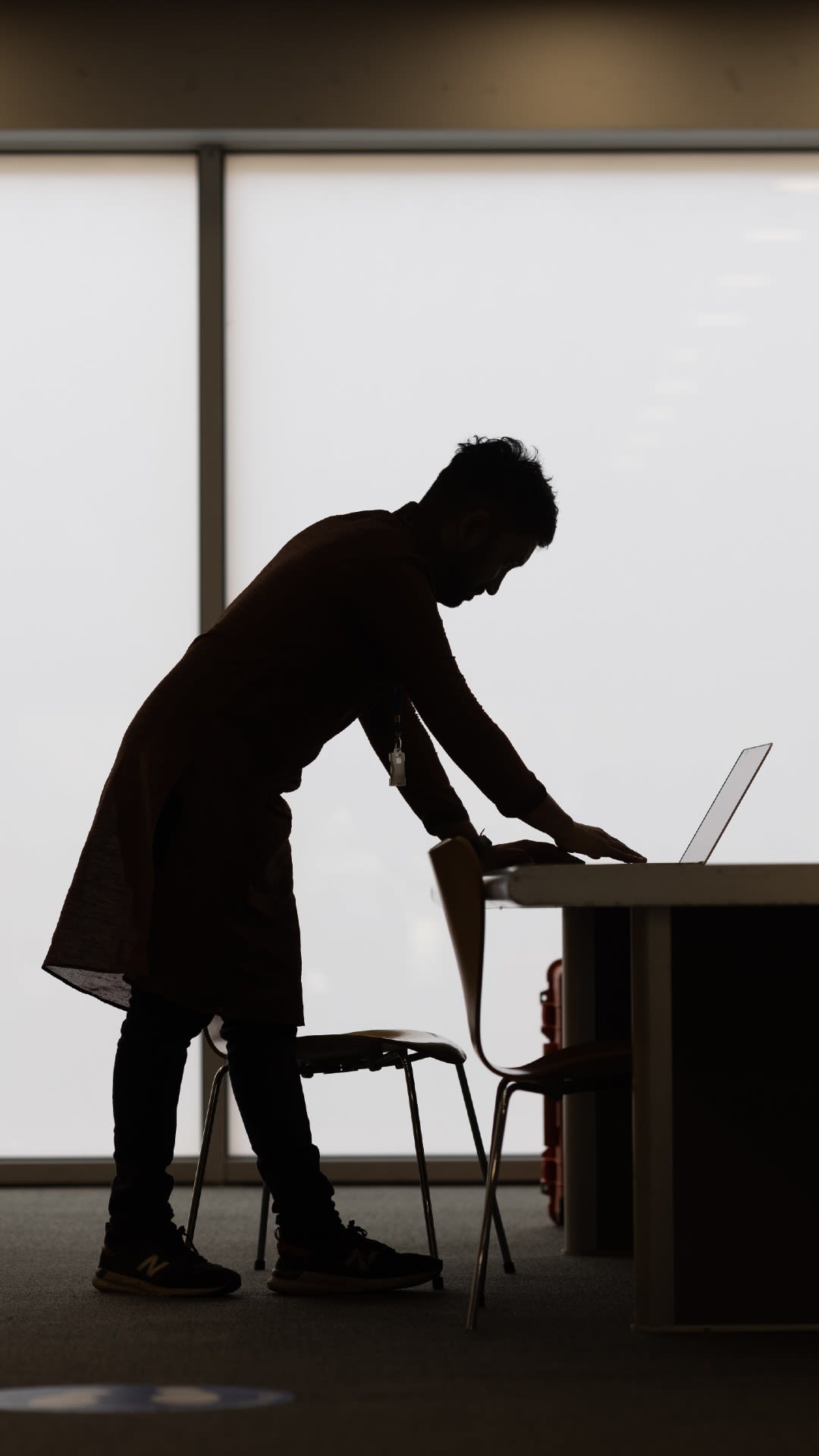
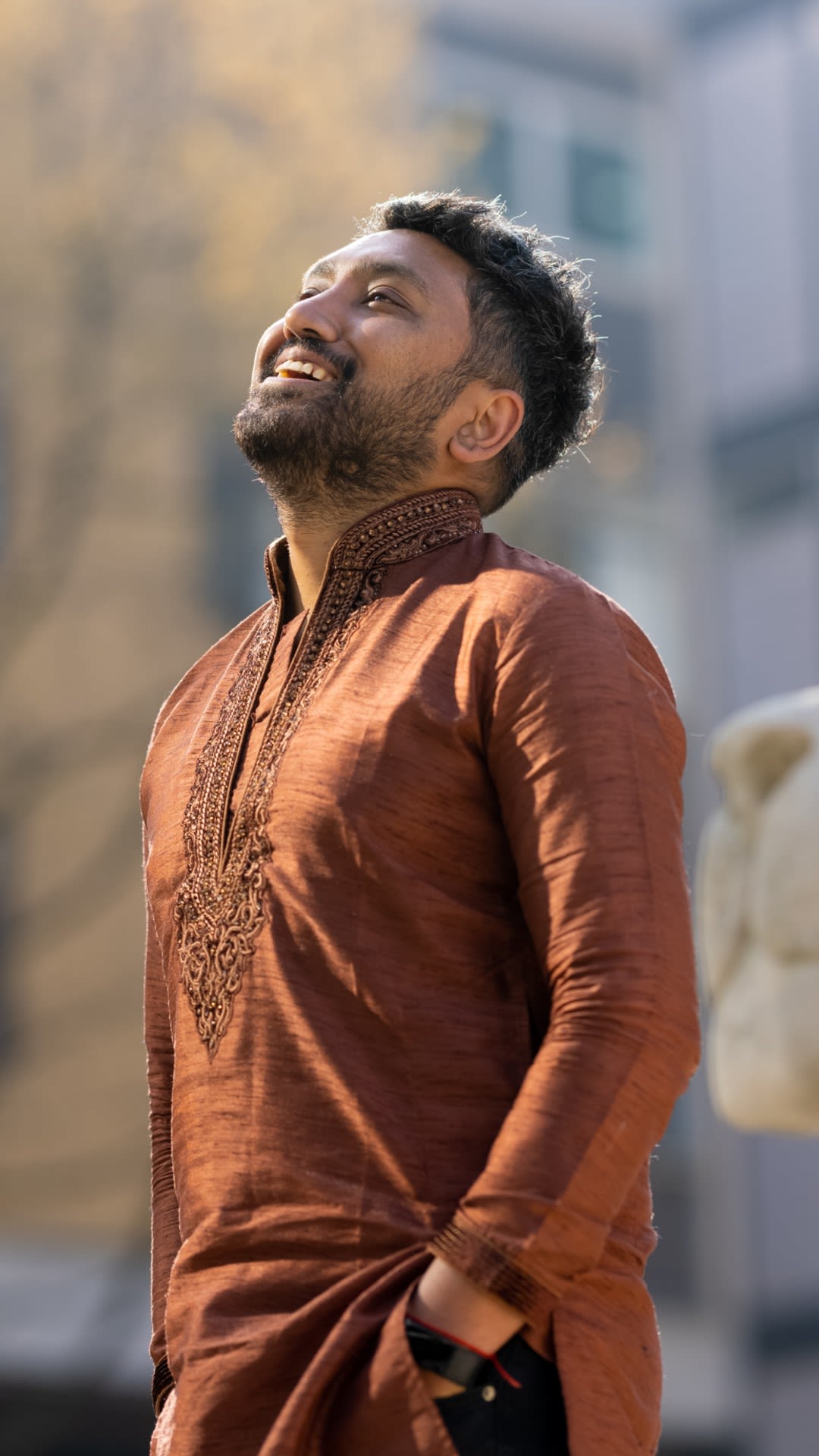
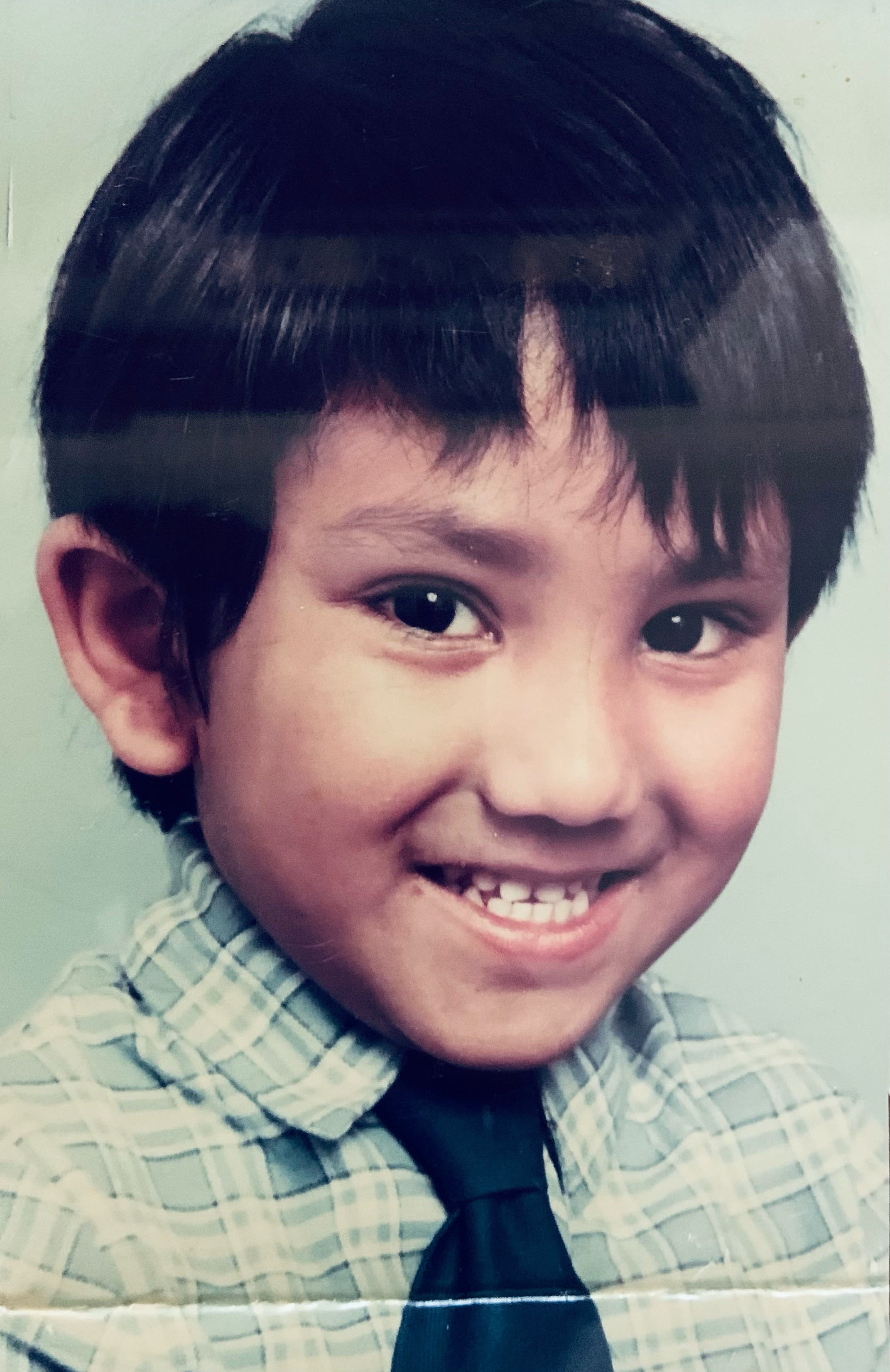
Culture and religion
When I was four or five, I moved from Leeds to Keighley, a small town about twenty miles away. It was a challenging place to be. At the time, the National Front had a strong presence there. I didn’t encounter it a lot, but the fear was always there, and there were places around town to avoid.
My family is Muslim, however, me and my two elder sisters went to Catholic school. It wasn’t a choice based on religion, but rather on how we as a working-class family could get the best quality state education available – something my Mum felt our local Catholic school was best at providing for us. I wasn’t properly confirmed or anything, but I was an altar boy!
There were other schools in the area that had more Asian people and also there was a Muslim community. But I was kind of kept away from that. So for me, I didn’t have much of a cultural or religious identity growing up. I saw culture and religion as being hand-in-hand; I saw them as the same thing. My school life was this strange dichotomy of being Muslim and Catholic, but I found it really helpful because it made me learn about different religions. Quite often, when people think about religions, it’s from the outside, but here I was an outsider in two communities – two very similar monotheistic religions. But people tend to focus on the differences, I guess.
At school I identified myself as someone who didn’t want to be different. It was a matter of ‘Hi, I can play football’, as opposed to, ‘Hi, I’m brown and Bangladeshi’. I would describe myself at that age as a social chameleon, I could fit in any situation.
The identity of a social chameleon
At school, I identified myself as someone who didn’t want to be different. It was a matter of ‘Hi, I can play football', as opposed to, ‘Hi, I’m brown and Bangladeshi’. I would describe myself at that age as a social chameleon, I could fit into any situation.
It’s funny, when I came to Imperial a student once came up to me and asked ‘Are you Bangladeshi?’. I said, ‘Yes I am’. He was like, ‘Wow that’s amazing to have a Bangladeshi in the faculty’. So even now as an adult, I don’t really see myself as British Bangladeshi or even as brown until someone points it out. I’m not ashamed; it’s just not relevant to me in most situations.
My relationship with culture and religion has definitely changed since coming to Imperial. I’ve really been influenced by the many ethnic and religious societies that I’ve come into contact with. For example, the Muslim Medics society has really welcomed me, and I’ve found them to be really inclusive.
People to look up to
There were very few British Asian role models for me growing up. I would watch Bollywood movies a lot, and Eastenders just because there was an Asian family in it. But nowadays there are a lot more role models out there. And not just out there in the world, but also here at Imperial. In the School of Medicine, for example, there are lots of strong role models, such as Professors Karim Meeran, Sonia Kumar and Amir Sam. And not just Asian role models, but other people at the College too.
A lot of it comes down to simple things. In my opinion, it’s about role models. Seeing people that have done it, that have achieved something, empowers others to do the same.
I’ve recently been promoted, and I now feel an even greater responsibility to play a role in making things better for our students, and that I should be empowering other people to make changes for the better. I would say the School of Medicine is slightly ahead in terms of Asian representation within the College. But I can only imagine that Black students and staff have a much greater need of role models.
So do I think the School can do more? Yes, absolutely, and they do seem to be doing more. But I recognise that it’s difficult to make big changes at this stage – the changes really need to be made at a much earlier stage, such as in primary and secondary schools. I think universities have a role to play in helping bring on those changes, such as by outreach programmes.
But a lot of it comes down to simple things. In my opinion, it’s about role models. Seeing people that have done it, that have achieved something, empowers others to do the same.
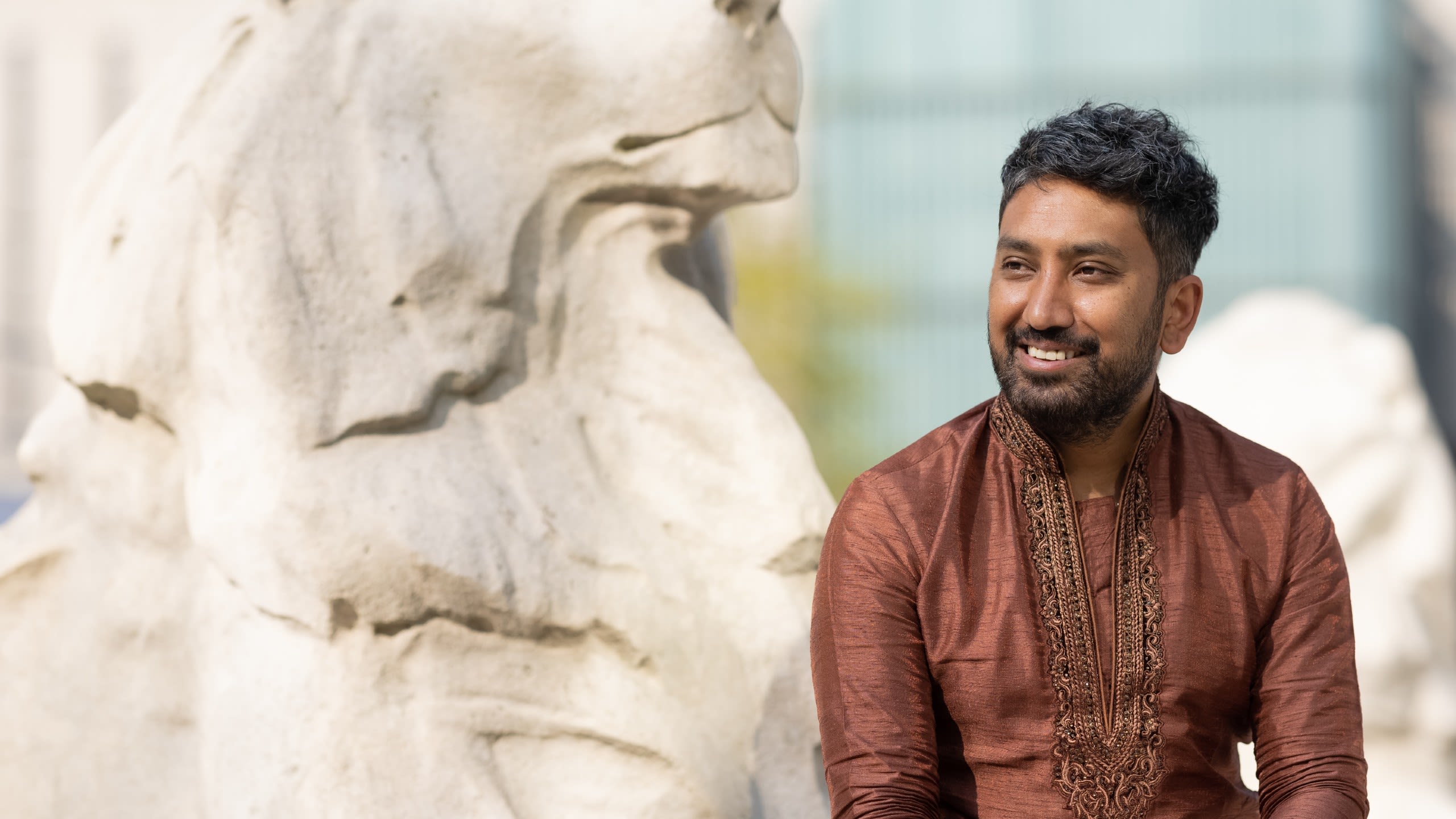
Sohag shares his story as part of Shifting the Lens: a celebration of cultural diversity at Imperial.
This interview was edited by Andrew Youngson, and photographed by Jason Alden.